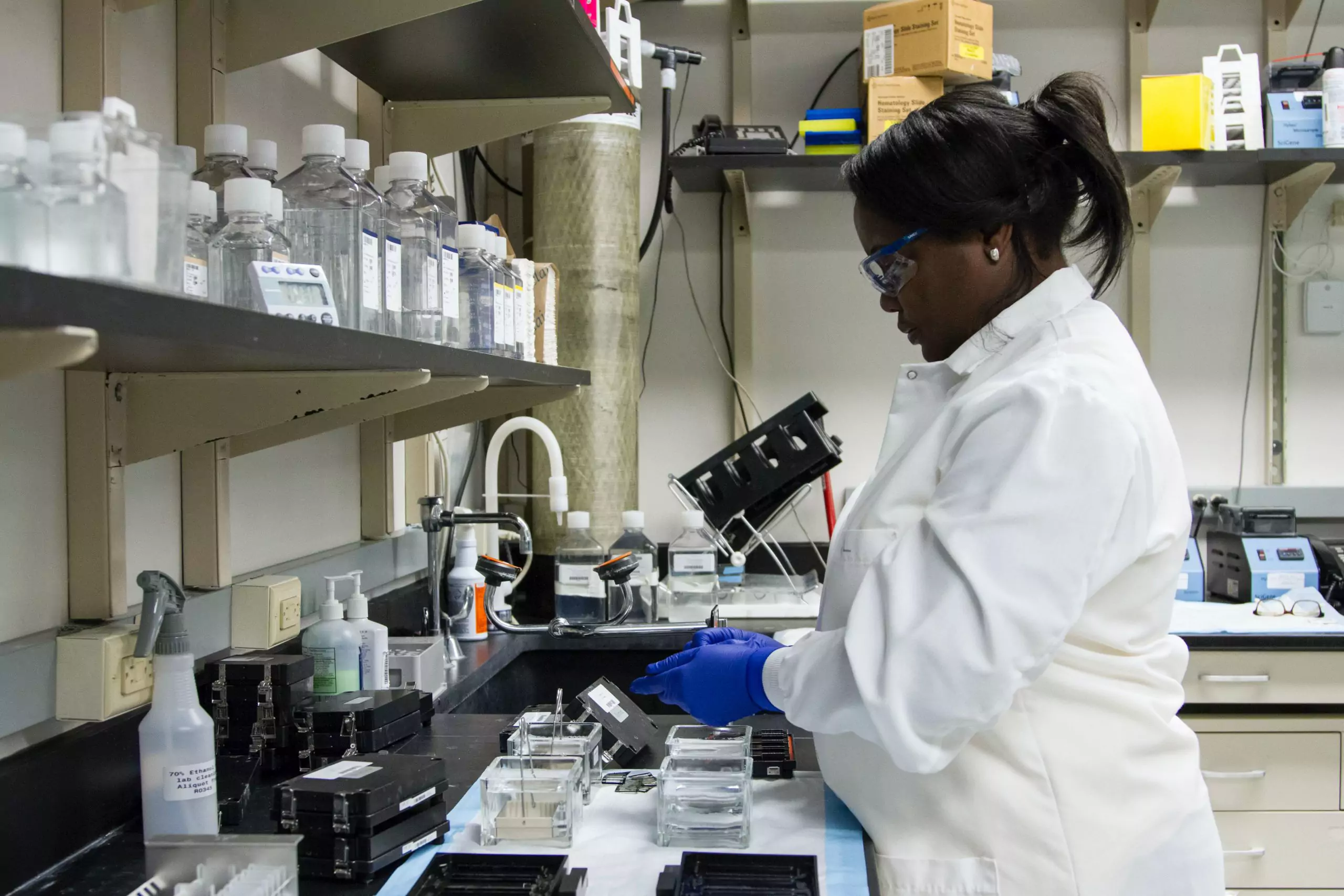Raising Awareness for Fibroids
Uterine fibroids (UF) are benign (non-cancerous) cysts that grow inside and outside the uterus. They can grow as a single fibroid; multiple fibroids in different places; or in clusters, and they can range in size from a pea to a watermelon. Eighty percent of black women and 70% of white women will develop fibroids by the age of 50. Less is known about fibroid statistics for women of other races—and even less about women of specific ethnicities.
Fibroid research is not considered a high priority in terms of funding and opportunity, and fibroids are rarely discussed during health checkups or in the literature available to the general public. Here’s what we know, what we don’t know, and the work that has to be done to keep raising awareness for fibroids—a disease that is too often passed over.
Common assumptions about uterine fibroids

Do you have painful period symptoms? It may be a sign of fibroids. (This image is by @rawpixel.com on Freepik.)
Many men and women both assume that the following symptoms are normal for women in their childbearing years, particularly when they have their periods:
- Heavy menstrual bleeding
- Chronic pelvic and back pain
- Bloating
- Uncomfortable sexual intercourse
- Frequent urination
- Anemia
- Urinary tract infections (UTIs)
This, however, isn’t true—and fibroids may be a potential cause of all of these symptoms.
Potential risk factors and treatment options
Thankfully, some progress has been made over the past few years in regards to the discovery of certain pronounced risk factors, such as:
- Race
- Age
- Diet
- Genetics
Previously, a hysterectomy (surgical removal of the uterus) is no longer the only treatment option available. Many of the newer treatments, however, are not recommended for women who still want to bear children.
These include:
- Hormone injections
- Uterine fibroid embolization (UFE)
- High-Intensity Focused Ultrasound (HIFU)
- Myolysis
- Myomectomy
All available treatment options, aside from a hysterectomy, enable the fibroids to grow back within a few years, as well.
Raising awareness for fibroids and demanding further research

One thing remains clear—more research is needed to assist in raising awareness for fibroids. The actual causes of fibroids are still unknown, and there is an insufficient number of fibroid treatments available that are both safe and effective. Moreover, far too little of the information we do already have is making it into the hands of those who are most affected by the disease.
To remedy this, women-led health and advocacy organizations are banding together to raise awareness about uterine fibroids and address the wide gaps in research, diagnosis, patient care, and treatment for women who are at risk or who already suffer from this condition.
Some of these organizations include:
- CARE About Fibroids;
- The White Dress Project;
- Society for Women’s Health Research;
- Free from Fibroids
- Fibroid Foundation; and
- Journal of Women’s Health
As part of this initiative, The White Dress Project has gotten an increasing number of U.S. states to recognize July as Uterine Fibroid Awareness Month, and there was legislation submitted on July 12, 2019, to officially confirm this designation.


